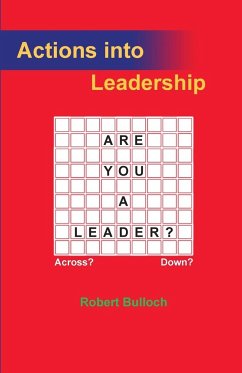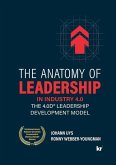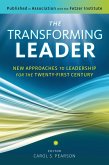There are many competing ideas of how to be a good leader, but the majority of them do not examine what is meant by leadership. It is taken for granted that a good leader 'gets results' and earns recognition for them, which has produced a great deal of literature revealing the 'habits' or 'traits' of good leaders, there to be studied and emulated. But each setting in which leadership takes place is different, and it no more makes sense to think of leadership in terms of specific and universal traits than it would to ask a painter to fix a car. Instead, the concept of leadership must be understood as contextual, and therefore on display all around us. It is not simply to be found in the boardroom of industrial giants or on the pages of Fortune magazine - it is to be found everywhere, in every setting where an organised response perfectly satisfies an expressed wish. It is good leadership that ensures your morning coffee is just as you expect it to be, and that explains why contented employees show up to work on time, even when the boss is away. The study - and therefore the development - of leadership skills must start from an understanding of organisational purpose, and from this study the function of leadership in context can be distilled and improved. This book provides a template of general principles for understanding the role of leadership within an organisation, allowing leaders to understand their own role without the need for psychology or acting classes. With leadership placed in its proper perspective, and the importance of organisational purpose asserted, the book then guides the process of mapping out a leadership schematic specific to each organisation, making clear how each role in the organisation relates to the overall purpose. This schematic can then be used to clarify the role of individuals, focus development and training, and foster an environment in which initiative, innovation and creative thinking can be brought to bear on the bottom line, by spreading an understanding of the organisational purpose and allowing individuals properly to understand their relation to it and gain possession of the purpose. The task of a leader is to increase the correlation between individual and group purpose. In order to do this, leaders need first to understand the organisation that they seek to lead, grasping its core purpose, and then nurture the living threads of leadership that bind it together. To do this, it is first necessary to dispense with the veneration of leaders, and replace it with a clear understanding of, and respect for, leadership.








